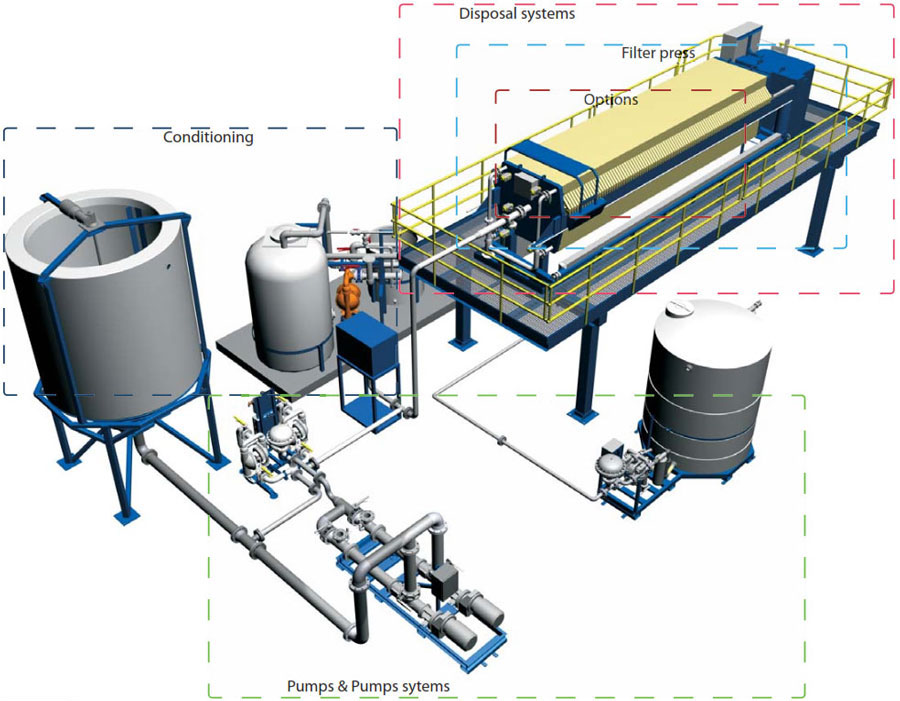Recently, Doha City, Miyagi Prefecture, Japan publicly displayed the world's largest LED (light-emitting diode) artificial light plant factory to the media. The factory, called the future å 地é¢ç§¯, covers an area of ​​about 2,300 square meters and uses 17,500 LED illuminators. It can be produced all year round and is expected to harvest about 10,000 lettuce per day. Not long ago, Fujitsu also announced that after a year or so of preparation, low-potassium lettuce produced by its own plant began to be put on the market. The so-called plant factory is a cultivation technology that controls the light, temperature, humidity, carbon dioxide concentration, moisture and nutrients in a closed environment. The most important feature is that it is not affected by the climate and the efficient and intensive use of water and land. The yield can reach 100 times that of natural cultivation, and the water consumption is less than 1. The plant factory can also adjust the nutrient composition of vegetables and fruits according to needs. For example, the low-potassium lettuce produced by Fujitsu mainly supplies kidney patients in local hospitals, and the subordinates of Shiseido The plant factory specializes in the cultivation of vegetable-carrying vegetables for use in cosmetics and pharmaceutical raw materials. According to the website of the Ministry of Agriculture, Forestry and Fisheries of Japan, the vegetable and natural cultivation of the factory are almost the same in taste and even better. Since 2009, Japan has set off a plant factory fever. According to statistics, as of March 2011, there were 93 plant factories in Japan, and by 2013 this figure had risen to 304. It is no accident that plant factories are emerging in Japan. Due to the aging of the youngest, the average age of Japanese farmers is over 65 years old. The number of households engaged in agriculture decreased from 6.06 million in 1960 to 1.7 million in 2009, and the total agricultural production value dropped from the peak of 13.7 trillion yen (1 US dollar equivalent to 101 yen) in 1990 to 9.5 in 2011. Trillion yen. In 2009, the Japanese government relaxed restrictions on the transfer of agricultural land and encouraged enterprises to invest in agriculture. The Ministry of Economy, Trade and Industry and the Ministry of Agriculture, Forestry and Fisheries have set a supplementary budget of 14.6 billion yen to support the construction of plant factories. Another reason for the popularity of plant factories is that the Japanese construction industry is eager to seek new developments through investment in agriculture due to the economic downturn and the decline in public construction projects. Chain catering and supermarket companies hope to build their own vegetable bases to form a stable supply of raw materials. The electronics industry is gradually shifting overseas due to the manufacturing sector, and a large number of cleaning workshops for producing precision devices such as chips are idle. These plants can be transformed into plant factories with a little modification. Therefore, these three industries have become the most active pioneers in investment plant factories. According to the Yano Economic Research Institute, in 2013, the artificial light plant factory in Japan had a domestic market size of 3.4 billion yen, and the solar plant factory had a market size of 19.9 billion yen. With the development and popularization of technology, it is estimated that by 2025, the size of Japanese plant factories will exceed 150 billion yen. At present, large-scale electronics companies such as Showa Denko have listed plant equipment and technology development as the focus of research and development. Japan also hopes to use plant factories as an important part of future exports and enter the water-scarce markets such as the Middle East. Despite the promising prospects, the development of plant factories still faces some bottlenecks. For example, in the early stage of investment, an artificial light-type plant with a daily output of 1,000 lettuces generally requires an initial investment of 80 million to 150 million yen. Even if the government subsidizes 50, it usually takes 57 years to achieve profitability. Compared with the price of 300,600 yen per kilogram of naturally cultivated lettuce, the factory's sale of lettuce to 1,100,500 yen is still unattractive. In addition, the planting technology in the factory agricultural era has yet to mature, and the related quality control and logistics sales models are also being explored.
In order for a Filter Press to function properly the selection of a feed pump is very important. Pacific Press Company recommends the use of three different styles:Air Diaphragm pumps, Centrifugal pumps, Progressive cavity pumps
The pump must be capable producing the calculated flow at the maximum pressure for which the press is rated (typically100 psi (7.5bar) or 225psi (16bar). This flow and presure must be able to be controlled pneumatically or electricallyto gradually build up a filter cake in the filter chamber. The pump must also be rated to handle large solids, heavy slurries and abrasive solids


Filter Fress Feed Pump
Filter Fress Feed Pump,Filter Press Accessories,Filter Cloth,Filter Press Cylinder
Hebei TianGuan Filter Press Co., Ltd. , http://www.filterpressure.com

